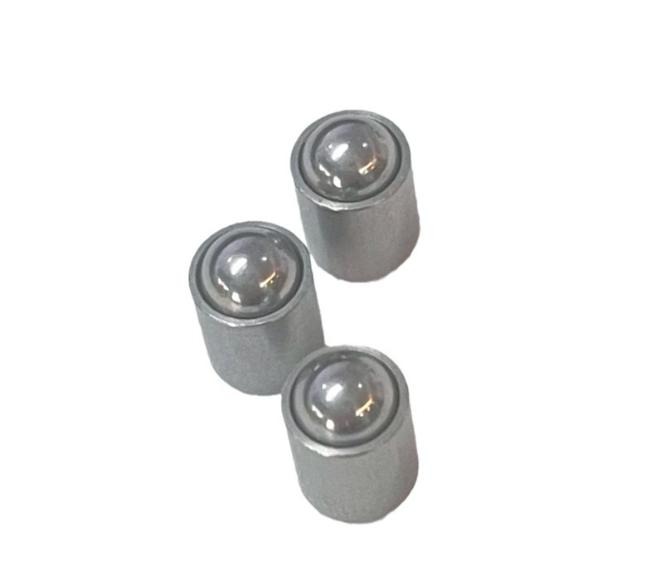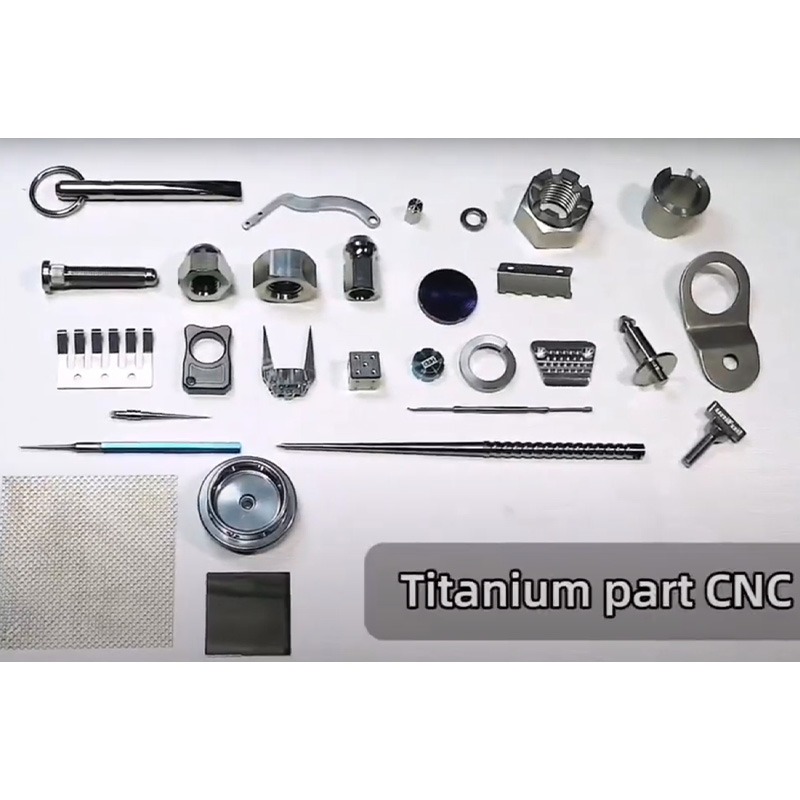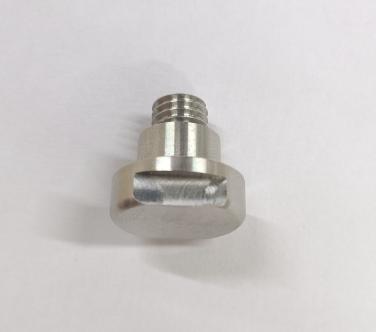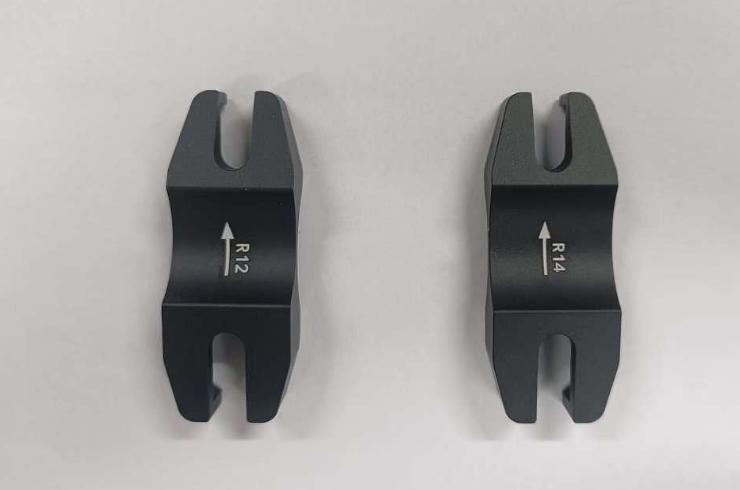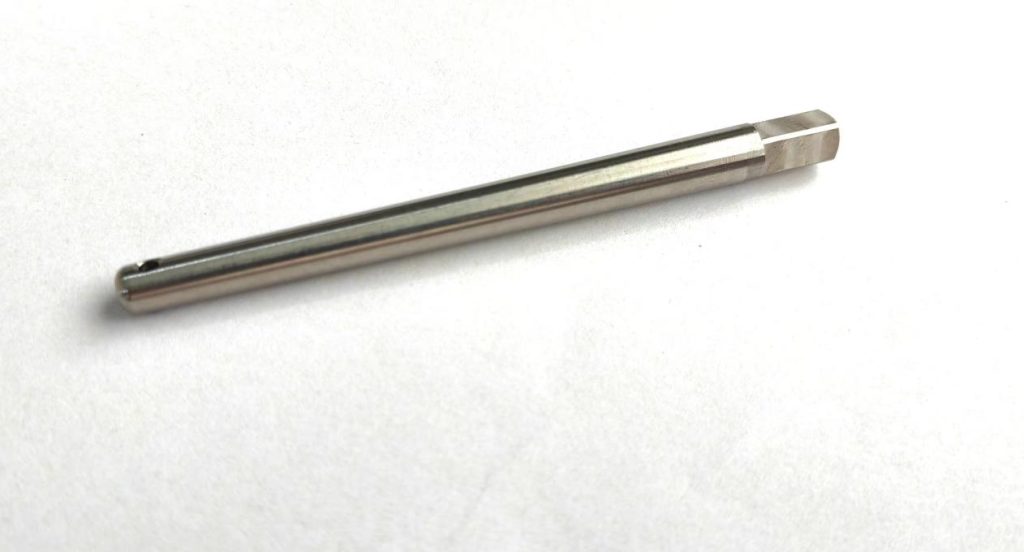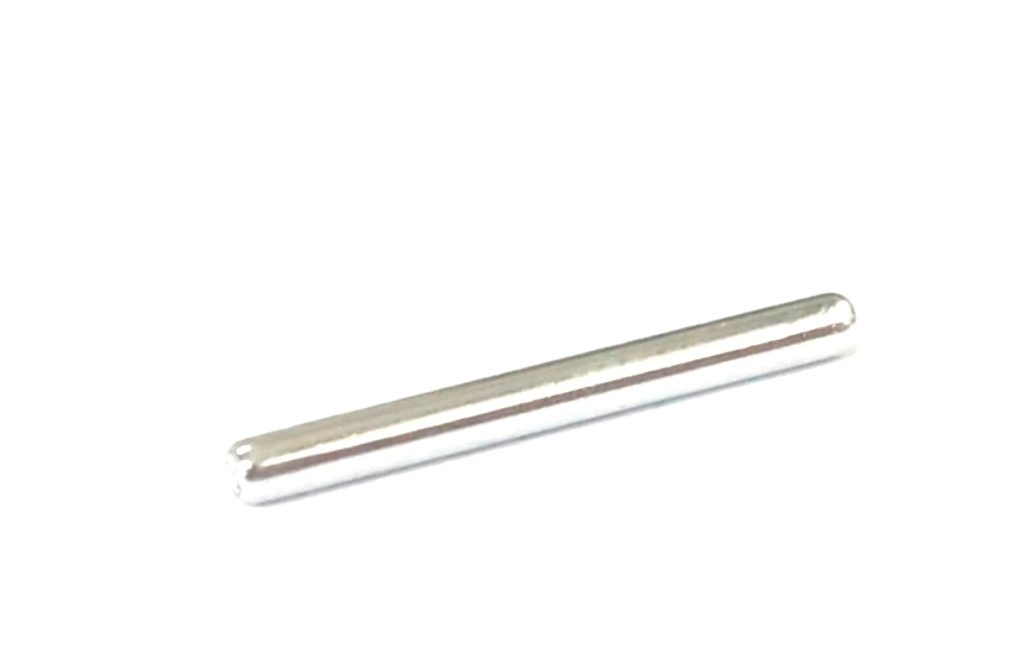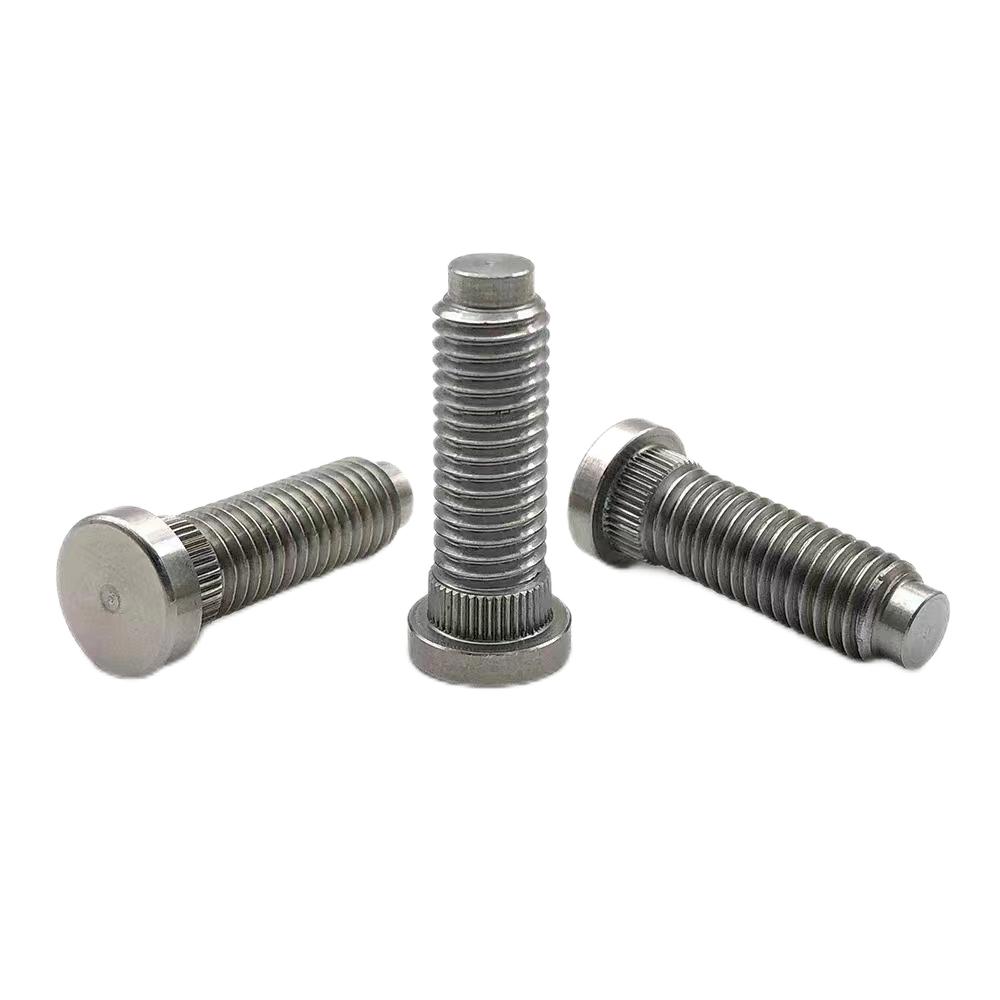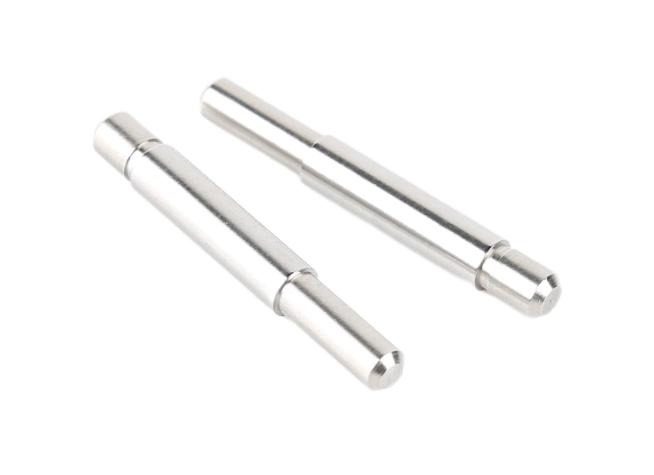Choosing the Right CNC Cutters: Key Considerations, Right Materials and Proper Rotation Speed
In the ever-evolving world of manufacturing and fabrication, CNC (Computer Numerical Control) cutting has become a cornerstone technology, revolutionizing the precision and efficiency of various industries. Choosing the right CNC cutter is a crucial decision that directly impacts the quality and accuracy of the final product. This article aims to provide a comprehensive guide on how to choose the perfect CNC cutter, exploring key considerations, the importance of material, and the critical factor of rotation speed.
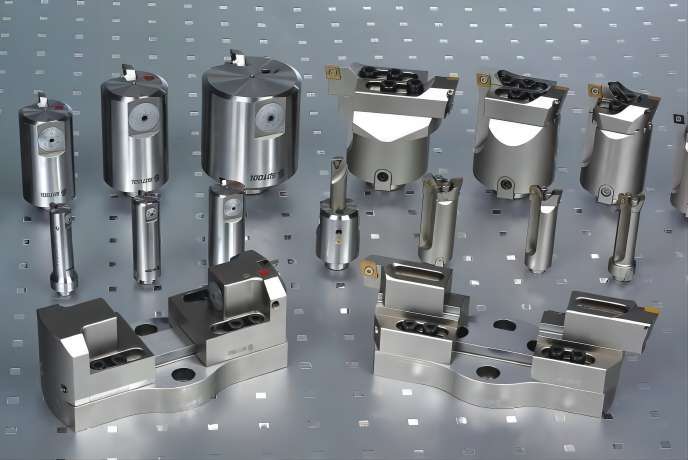
Key Considerations of CNC Cutters
1. Type of CNC Cutter
The first consideration in choosing a CNC cutter is determining the type that best suits your needs. There are various types available, each designed for specific applications. Common types include plasma cutters, laser cutters, waterjet cutters, and router cutters. Understanding the nature of your project and the materials you’ll be working with is essential to make an informed decision.
2. Precision and Accuracy
The primary advantage of CNC cutting is its precision. When selecting a cutter, evaluate its precision and accuracy specifications. Look for a cutter with a high level of repeatability and minimal errors. This is particularly important for industries where tight tolerances are critical, such as aerospace and medical device manufacturing.
3. Cutting Speed and Production Capacity
The cutting speed of a CNC machine directly impacts production efficiency. Consider the desired production capacity and choose a cutter that aligns with your speed requirements. Balancing speed with precision is crucial to ensure optimal performance without compromising on the quality of the finished product.
4. Compatibility with Materials
Different CNC cutters are designed for specific materials. Consider the range of materials you plan to work with, including metals, plastics, composites, or wood. Ensure that the CNC cutter you choose is compatible with the materials you regularly use in your projects.
Material of CNC Cutters
The material of a CNC cutter significantly impacts its durability, sharpness, and cost. Choosing the appropriate material for the specific cutting application is crucial for achieving optimal performance and minimizing tool wear. Here’s a detailed overview of the common materials used in CNC cutters:
- High-Speed Steel (HSS): HSS is a widely used material for CNC cutters due to its balance of durability and sharpness. It offers excellent resistance to abrasion and wear, making it suitable for a variety of cutting operations, including roughing, finishing, and slotting. HSS cutters are relatively affordable compared to other materials, making them a cost-effective choice for many applications.
- Carbide: Carbide is a more advanced material than HSS, offering superior hardness, durability, and sharpness. It can withstand higher cutting speeds and temperatures, enabling it to handle more demanding machining operations, such as milling and turning. Carbide cutters are particularly well-suited for machining hard materials like steel, stainless steel, and cast iron. While carbide cutters are more expensive than HSS cutters, their longer lifespan and improved performance often justify the higher cost.
- Diamond: Diamond is the ultimate material for CNC cutters, possessing exceptional hardness, sharpness, and wear resistance. It can operate at extremely high speeds and temperatures, making it ideal for machining ultra-hard materials like ceramics, composites, and gemstones. Diamond cutters are the most expensive option, but their unmatched performance and durability make them invaluable for specialized applications.
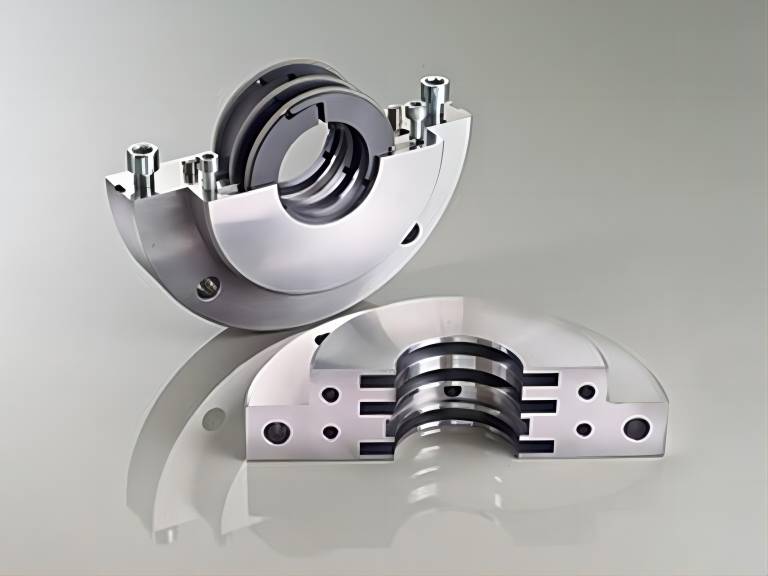
Ensuring Proper Rotation Speed of CNC Cutters
The rotation speed of a CNC cutter, also known as revolutions per minute (RPM), is a critical parameter that influences cutting speed, chip formation, and surface finish. Selecting the appropriate RPM for the specific cutting operation is essential for achieving optimal results and preventing tool damage.
- Cutting Speed: The cutting speed, measured in surface feet per minute (SFM), is directly related to the RPM of the cutter. A higher RPM generally results in a faster cutting speed, which can increase productivity. However, excessive cutting speeds can lead to excessive heat generation, tool wear, and potential damage to the workpiece.
- Chip Formation: Chip formation is the process by which material is removed from the workpiece during cutting. The RPM of the cutter affects the size and shape of the chips. A suitable RPM ensures proper chip formation, preventing chip welding, built-up edge formation, and excessive heat generation.
- Surface Finish: The surface finish of the workpiece is influenced by the RPM of the cutter. A higher RPM generally produces a smoother surface finish, while a lower RPM may result in a rougher surface. The desired surface finish should be considered when selecting the RPM.
- Material Type: The type of material being cut also plays a role in determining the appropriate RPM. Harder materials typically require lower RPMs to prevent tool breakage and ensure proper chip formation. Softer materials, on the other hand, can be machined at higher RPMs without compromising tool life or surface finish.
- Tool Geometry: The geometry of the CNC cutter, including its flute count, helix angle, and rake angle, also influences the RPM selection. A cutter with more flutes can operate at higher RPMs due to better heat dissipation. A steeper helix angle generally requires a lower RPM, while a larger rake angle allows for higher RPMs.
- Speed Control: CNC machines are equipped with speed controllers that allow for precise adjustments of the RPM. The speed controller should be set according to the recommendations for the specific cutting operation, considering the material, tool geometry, and desired surface finish.
- Monitoring and Adjustments: During machining, it is essential to monitor the cutting process and make adjustments to the RPM if necessary. If excessive heat generation, tool wear, or poor surface finish is observed, the RPM may need to be lowered. Conversely, if the cutting process appears slow or inefficient, the RPM can be increased cautiously.
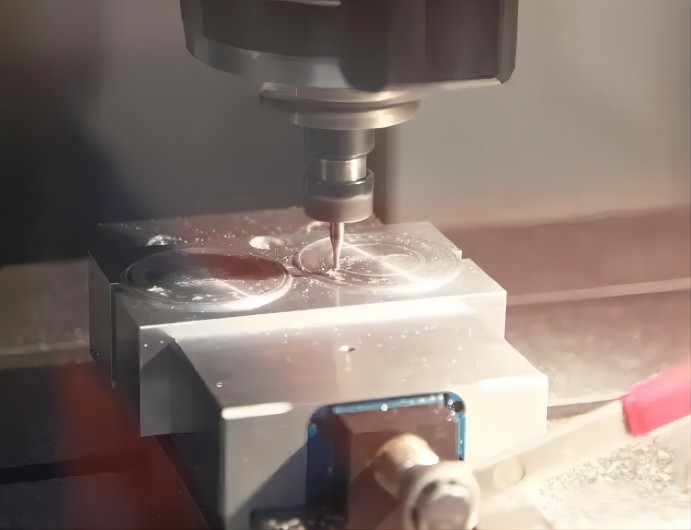
Summary
When choosing a CNC cutter, it is important to consider the type of material you will be cutting, the thickness of the material, the desired finish, the cutting speed, the accuracy, and the price. The material of the cutter is also an important consideration because it affects the durability, sharpness, and price of the cutter. The rotation speed of the CNC cutter is an important consideration because it affects the cutting speed and the quality of the cut.

